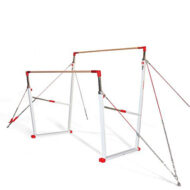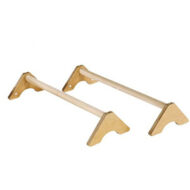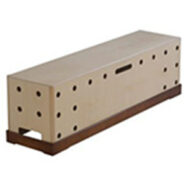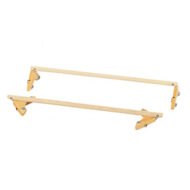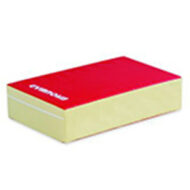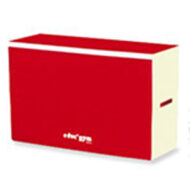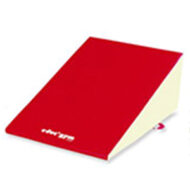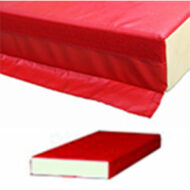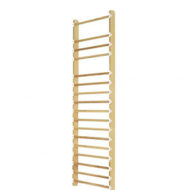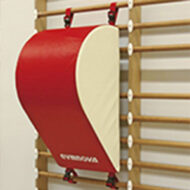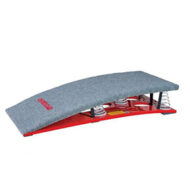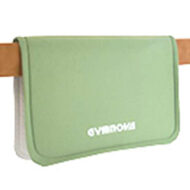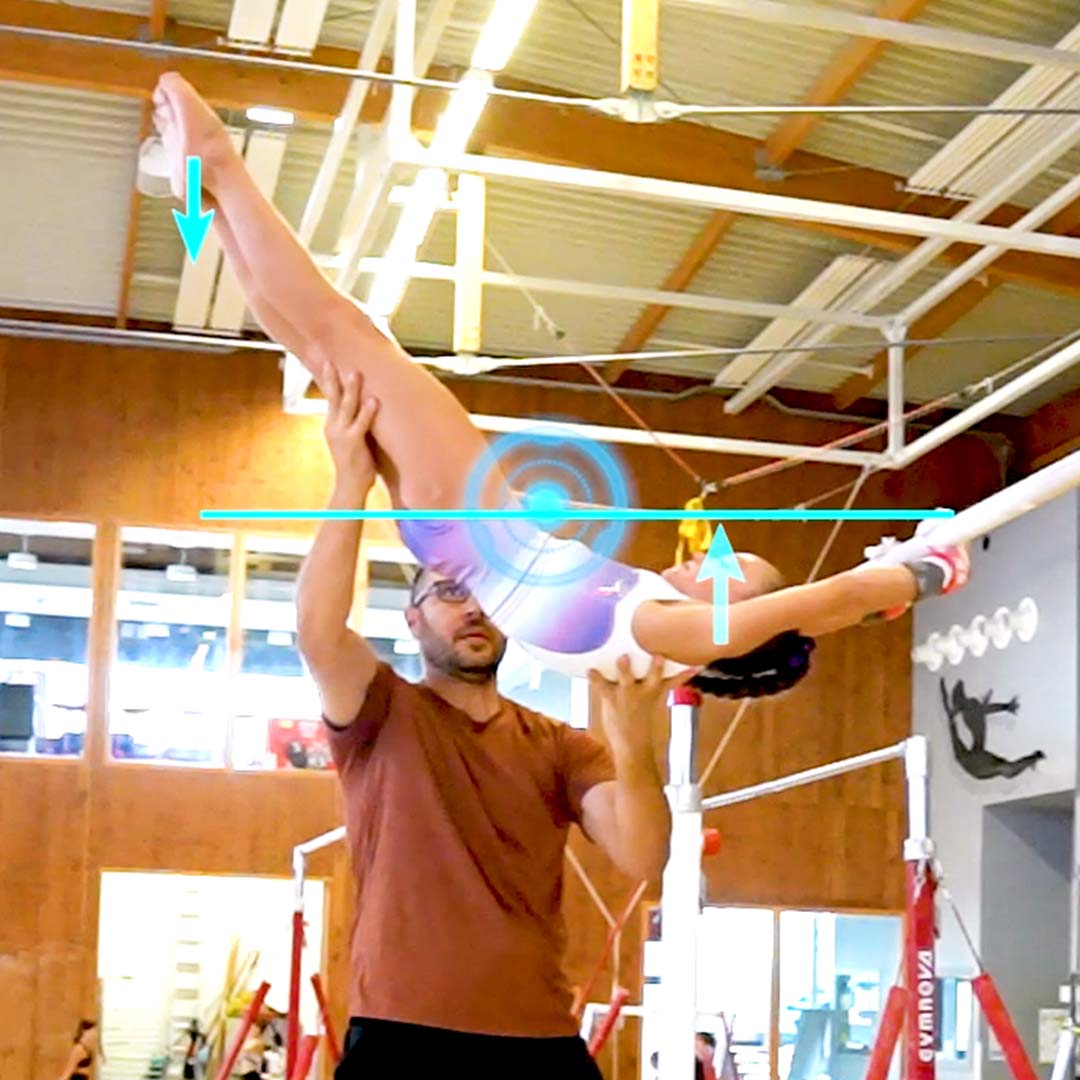The giant swing
Training course on the giant swing on the uneven bars



Angelo Ritorto
The giant swing
Training course on the giant swing on the uneven bars
description
The giant swing is one of the most important swing elements on the uneven bars.
It is the basis for all the giant circles and other backward dismounts. It is therefore essential to know its technique in detail and to be extremely precise in teaching it.
In this training course, you will learn all its constituent positionings and actions, with numerous references to the movement angulations. You will understand the techniques which allow the passing of the low bar as well as the aspects to teach during the transition phase, at the top of the swing, to generate an efficient return swing.
We will see that it is taught very early in the career plan and that mastering the bent-knee swings is an essential prerequisite for this swing.
Finally, we will detail the whole set of learning exercises so that your gymnasts can master it.
We wish you a pleasant training course.
Associated books
Let's teach gymnastics bar skills
Learn how to teach:
• Kip • Bent-leg swing • Swings with legs together • Forward swings • Backward swings • Swing half turn
All the exercises needed to learn kip and basic swings on uneven bars, from their beginnings to the execution of complete skills
→ 165 exercises - 213 pages - Format 15 x 21 cm -
A note on the series of books, "Let's teach gymnastics":
• Our books are essential companions to the video training on the same topics that you find in the section "Gymnastics Education" here on GymneoTV.
• Their spiral binding and tabbed pages allow you to quickly find the skills you want to look at, and easily locate the drills and training stations.
• The summaries of technique and the large format illustrations made to scale make these books the ideal companions to your training sessions.
Our advice:
• For training session prep: thanks to the technique summary and icons at the top of each page, you can easily find the stations that match the current needs of your gymnasts. You can also anticipate the equipment needs for your upcoming session.
• During training: with the help of realistic images, you can save time by showing your gymnasts the drills to work on. They will also be able to help you set up the training stations and thanks to the illustrations, they'll more easily understand the task at hand.
• You will improve the constant exchange that you have with your athletes. In fact, when giving your instructions, the illustrations create common ground for discussions or reference points. They make it easy to understand and/or visualize technical placements, which makes it much easier to learn the element.
